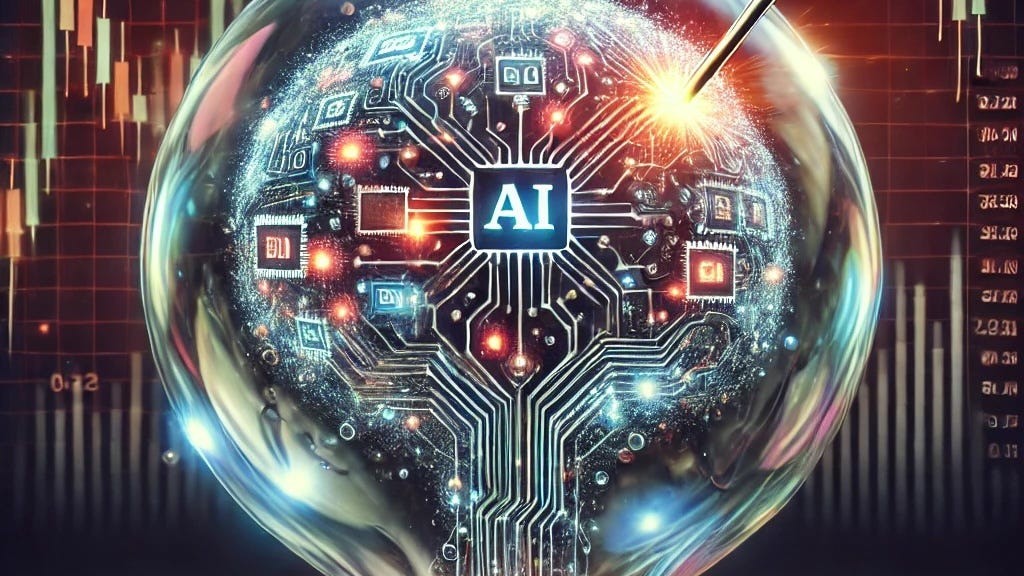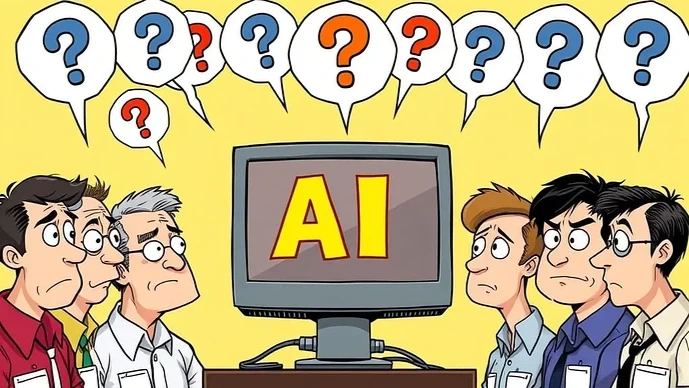We all know about the digital divide. The wealthy have more access to digital benefits while the impoverished do not. Therefore, herculean efforts are being made to provide broadband throughout the world, including remote and poor communities. However, would giving everyone broadband access alleviate the wealth gap? With its low barriers to entry digital access has been touted as a great equalizer. But is it? While we might all agree that digitization creates wealth, the question is how is this wealth being distributed? It could be argued that even if everyone had access to digital benefits (i.e., no digital divide) – the inherent nature of digital would still foster a wealth gap.
As we digitize products and services, once they gain a critical mass of buyers, they tend to get more valuable. Instrumental to digital phenomena are the growth of networks, leading to network effects and more recently data network effects. So, it is natural to envisage an increasing value proposition over time as these effects get more pronounced in digital products and services. Couple this with the combinability of digital products, and we can envision digital products undergoing ongoing enhancements and value creation. The economic implications of this are profound, as in the physical world it is rare to see value of physical products continue to increase after purchase. In contrast they usually age and depreciate.
Nothing illustrates this more dramatically than our mobile smartphone, which offers a platform for various apps (services) that offers continuously improving services like banking, entertainment, gaming, productivity, video editing, and communications. Every update of an app improves it. So, the $x we pay for the phone eventually pales in comparison to the increasing value we obtain from the phone which increases our quality of life. Similarly, apps gain value as they increase connections of their algorithms improve with more data. Unfortunately, our current metrics of economic value (like GDP) only capture the price at which a product was brought (i.e., the competitive market price) – and as such grossly underestimate the quality of life we get from the expanding value of digitization. But where is all this value going? Consumers benefit from getting more than they paid for as the post-purchase value of their product expands. However, smart businesses are in polar positions to exploit the expanding digital value. They can charge for subscriptions or upgrades to digital products and services and create network effects. Further, the “winner take all” manifestation of successful digital products can inhibit competition. It is tough to compete with the data and network effects of Amazon.
Coming back to the wealth gap…let’s consider the two ends of society. At the high end, we have the affluent who usually partake in business ownership (i.e., through investments). At the low end we have labor (mainly in the people service and manufacturing sectors). At the high end, businesses can capture value and investors in businesses that digitize. So, the majority at the high end of society that partake in expanding digital benefits would see an upward pressure on their wealth. At the low end, the same network (and data network) effects have a contrasting effect. Wherever labor is being impacted by digital – it is putting downward pressure on wages. Artificial intelligence and machine learning is increasingly using algorithms for routine tasks (automated manufacturing, robotic process control, driving, clerical work) which are getting better and better with data network effects – making many jobs (e.g., truck drivers) replaceable or making human labor compete with the cost of machines. There could be newer augmented jobs that emerge, but by and large digitization is putting downward pressure on wages, and correspondingly increasing business profits.
If this logic holds, then the nature of digitization is enhancing the wealth of businesses and all those who partake in business ownership (i.e., stockholders) while hurting, or at least putting downward pressure on wages in the labor market. This increases the income gap – a dysfunctional outcome. Of course, there is far more complexity that can be brought to bear on this simplistic analysis. But it does raise some intriguing questions. If we eliminate the digital divide completely – will the wealth gap persist because of the inherent nature of digital?









Leave a Reply